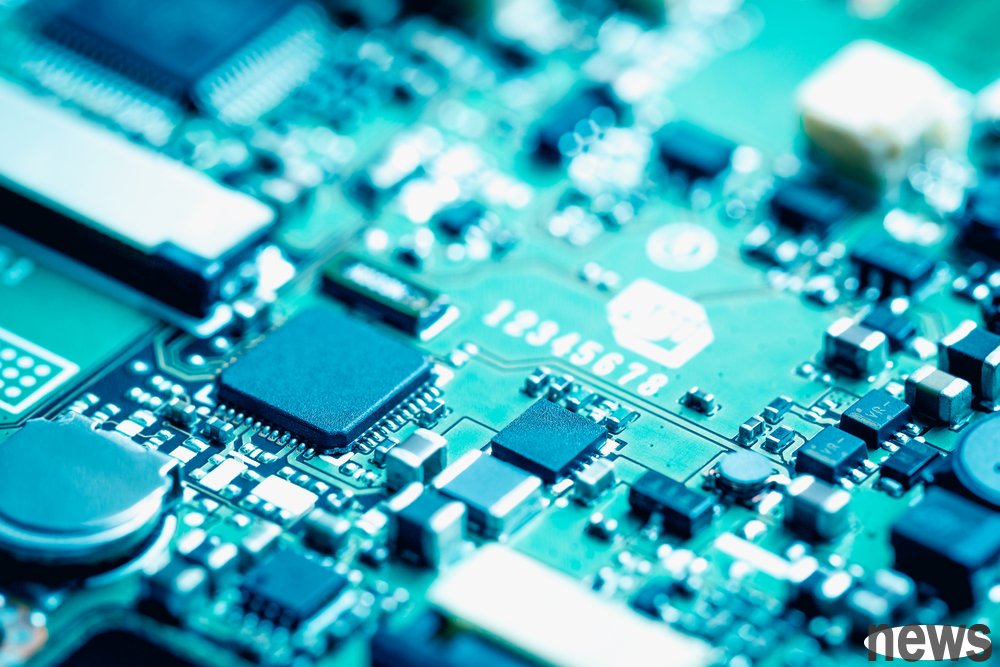
South Korea's two major memory leaders, Samsung and SK Hynix, announced that they have signed a letter of intent with OpenAI to supply high-bandwidth memory (HBM) and DRAM chips to support the US$500 billion "Stargate" AI infrastructure project. For Japan, this not only highlights the leading advantages of Korean companies in the field of AI memory, but also raises a new topic for the Japanese industry, which is actively revitalizing the semiconductor supply chain: how to find its own position and establish a competitive advantage in the wave of explosive demand for AI infrastructure.
Capacity pressure and technical challenges under massive demand
OpenAI’s demands for partner manufacturers require SK and Samsung to expand their monthly production capacity to 900,000 DRAM wafers, which is almost twice the existing HBM industry production capacity, highlighting the huge demand for high-performance memory for AI infrastructure. For Japanese semiconductor companies, this is a triple test of production capacity, technology and management. HBM and high-performance DRAM processes involve complex packaging and heat dissipation control, which require extremely high equipment precision and process stability. Even though Japanese companies still have advantages in materials science and precision process technology, it is still a huge challenge to meet such a large-scale production capacity demand in a short period of time.
For Japanese companies, this demand is a dual challenge of quality and quantity. In terms of quantity, it is necessary to expand the production line in the shortest possible time and solve multiple constraints such as equipment, materials, and talents; in terms of quality, it is necessary to increase memory bandwidth, reduce power consumption, and ensure computing stability. This requires Japanese semiconductor companies to have both rapid response capacity scheduling capabilities and continuous technological innovation capabilities.
In the current highly competitive situation in the global semiconductor supply chain, this ability not only determines whether a company can undertake large-scale AI projects, but also determines its right to speak in the global memory market. In other words, the Stargate project is not only an increase in the number of orders, but also an all-round test of the company's strategic vision, technology mastery, and resource integration efficiency.
Could Japan gradually lose its voice in the global supply chain?South Korea’s memory duo can quickly respond to OpenAI’s orders, highlighting their complete industrial ecology and strategic integration capabilities. Sam Altman also pointed out that South Korea has complete technical talents, advanced infrastructure, government support and an active AI ecosystem, which give it an advantage in the AI chip supply chain. For Japanese semiconductor companies, this is a clear strategy: relying solely on traditional memory processes and domestic supply chain models is no longer able to meet the needs of the next generation of AI infrastructure. Japanese companies need to think about how to enhance their competitiveness through cross-border cooperation, strategic alliances, dedicated AI memory development and government policy support. This strategic change is not just technical investment, but an overall layout covering production capacity, research and development, capital allocation and transnational cooperation.
In addition, Japanese semiconductor companies need to reposition their products and market strategies under the AI wave. A core issue: If it does not actively deploy AI-specific memory and high-performance DRAM, Japan may gradually lose its voice in the global supply chain. Rather than passively following, it is better to actively seek technological breakthroughs, strategic alliances and industry integration to maintain long-term competitiveness in the AI chip market. This point is of high significance to the future strategy of Japanese semiconductors.
At the same time, this incident also reminded Japanese companies that in the past, Japanese companies were known for their precision manufacturing processes and material technology, but when faced with the rapidly growing AI market demand, technical advantages alone are no longer enough. Only by combining global resources, accelerating decision-making, and integrating upstream and downstream supply chains can we truly gain market dominance. This is also an important revelation of the Stargate project to the Japanese semiconductor industry.
Facing a huge and rapidly growing market, we need to take the initiativeFor the cooperation between Korean companies and OpenAI, in the short term, Japanese companies need to accelerate production capacity expansion, process optimization and AI-specific memory research and development to cope with the challenge of the explosion in demand for AI infrastructure; in the long term, cross-border cooperation, strategic alliances, government policy support, and differentiated products for the AI market will become the core factors to maintain competitiveness.
The author believes that in order for Japanese semiconductors to gain a foothold in the global AI wave, they must take into account technological innovation, production capacity flexibility and supply chain resilience at the same time, in order to seize the initiative in the huge and rapidly growing market. If Japanese companies can integrate existing technological advantages and act quickly on strategic layout and international cooperation, they will still have the opportunity to regain key say in the global AI chip market and avoid being marginalized by South Korea and other competitors.
SK Hynix, Samsung shares jump on potential chip supply to OpenAI Further reading: The world's first hydrogen-powered self-driving tractor is a key step towards zero-carbon and smart agriculture in Japan Takeda Pharmaceutical Industry introduces AI to predict drug demand, and Japan's pharmaceutical industry moves towards digital transformation The bottleneck of Japan’s “Silicone Island”? Kyushu is catching up with Taiwan’s model but encounters land problems Japan's Omron bets on India, automation center connects global manufacturing map Toyota's new U.S. game: Why move Lexus back to Japan to increase production of gas-electric vehicles?